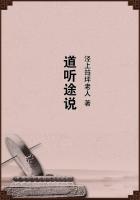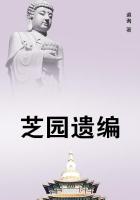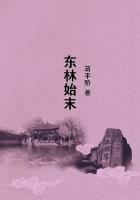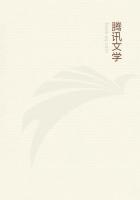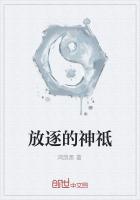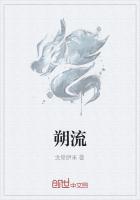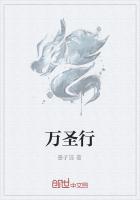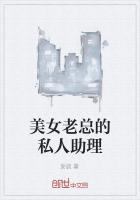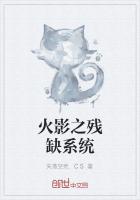Discovery of diamagnetism--researches on magne-crystallic action.
Faraday's next great step in discovery was announced in a memoir on the 'Magnetic Condition of all matter,' communicated to the Royal Society on December 18, 1845. One great source of his success was the employment of extraordinary power. As already stated, he never accepted a negative answer to an experiment until he had brought to bear upon it all the force at his command. He had over and over again tried steel magnets and ordinary electro-magnets on various substances, but without detecting anything different from the ordinary attraction exhibited by a few of them. Stronger coercion, however, developed a new action. Before the pole of an electro-magnet, he suspended a fragment of his famous heavy glass; and observed that when the magnet was powerfully excited the glass fairly retreated from the pole. It was a clear case of magnetic repulsion. He then suspended a bar of the glass between two poles; the bar retreated when the poles were excited, and set its length equatorially or at right angles to the line joining them. When an ordinary magnetic body was similarly suspended, it always set axially, that is, from pole to pole.
Faraday called those bodies which were repelled by the poles of a magnet, diamagnetic bodies; using this term in a sense different from that in which he employed it in his memoir on the magnetization of light. The term magnetic he reserved for bodies which exhibited the ordinary attraction. He afterwards employed the term magnetic to cover the whole phenomena of attraction and repulsion, and used the word paramagnetic to designate such magnetic action as is exhibited by iron.
Isolated observations by Brugmanns, Becquerel, Le Baillif, Saigy, and Seebeck had indicated the existence of a repulsive force exercised by the magnet on two or three substances; but these observations, which were unknown to Faraday, had been permitted to remain without extension or examination. Having laid hold of the fact of repulsion, Faraday immediately expanded and multiplied it.
He subjected bodies of the most varied qualities to the action of his magnet:--mineral salts, acids, alkalis, ethers, alcohols, aqueous solutions, glass, phosphorus, resins, oils, essences, vegetable and animal tissues, and found them all amenable to magnetic influence. No known solid or liquid proved insensible to the magnetic power when developed in sufficient strength. All the tissues of the human body, the blood--though it contains iron-- included, were proved to be diamagnetic. So that if you could suspend a man between the poles of a magnet, his extremities would retreat from the poles until his length became equatorial.
Soon after he had commenced his researches on diamagnetism, Faraday noticed a remarkable phenomenon which first crossed my own path in the following way: In the year 1849, while working in the cabinet of my friend, Professor Knoblauch, of Marburg, I suspended a small copper coin between the poles of an electro-magnet. On exciting the magnet, the coin moved towards the poles and then suddenly stopped, as if it had struck against a cushion. On breaking the circuit, the coin was repelled, the revulsion being so violent as to cause it to spin several times round its axis of suspension. A Silber-groschen similarly suspended exhibited the same deportment. For a moment I thought this a new discovery; but on looking over the literature of the subject, it appeared that Faraday had observed, multiplied, and explained the same effect during his researches on diamagnetism.
His explanation was based upon his own great discovery of magneto-electric currents. The effect is a most singular one.
A weight of several pounds of copper may be set spinning between the electro-magnetic poles; the excitement of the magnet instantly stops the rotation. Though nothing is apparent to the eye, the copper, if moved in the excited magnetic field, appears to move through a viscous fluid; while, when a flat piece of the metal is caused to pass to and fro like a saw between the poles, the sawing of the magnetic field resembles the cutting through of cheese or butter.
This virtual friction of the magnetic field is so strong, that copper, by its rapid rotation between the poles, might probably be fused.
We may easily dismiss this experiment by saying that the heat is due to the electric currents excited in the copper. But so long as we are unable to reply to the question, 'What is an electric current?' the explanation is only provisional. For my own part, I look with profound interest and hope on the strange action here referred to.
Faraday's thoughts ran intuitively into experimental combinations, so that subjects whose capacity for experimental treatment would, to ordinary minds, seem to be exhausted in a moment, were shown by him to be all but inexhaustible. He has now an object in view, the first step towards which is the proof that the principle of Archimedes is true of magnetism. He forms magnetic solutions of various degrees of strength, places them between the poles of his magnet, and suspends in the solutions various magnetic bodies.
He proves that when the solution is stronger than the body plunged in it, the body, though magnetic, is repelled; and when an elongated piece of it is surrounded by the solution, it sets, like a diamagnetic body, equatorially between the excited poles. The same body when suspended in a solution of weaker magnetic power than itself, is attracted as a whole, while an elongated portion of it sets axially.
And now theoretic questions rush in upon him. Is this new force a true repulsion, or is it merely a differential attraction? Might not the apparent repulsion of diamagnetic bodies be really due to the greater attraction of the medium by which they are surrounded?
He tries the rarefaction of air, but finds the effect insensible.

